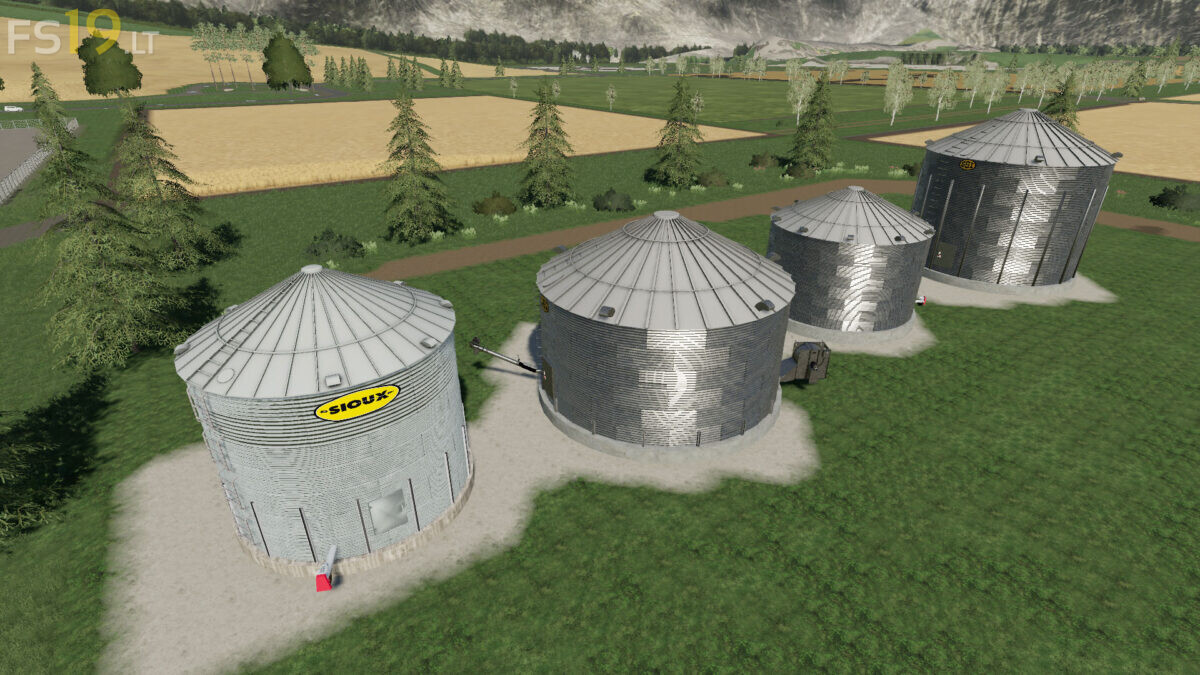

Grain entrapment simulation with mannequinĪt some grain-handling facilities, employees "walk down the grain" on top of it to expedite the flow of grain from the top when it is being allowed to flow out the bottom. Bodie Blissett, Mississippi farm worker, on being entrapped in grain up to his neck External video They were withdrawn after protests from farmers and politicians of both U.S. Department of Labor proposed sweeping new regulations that would have changed this, prohibiting underage workers from entering silos, among other provisions. Smaller family farms, however, are exempt from most federal labor regulation specific to agriculture, and no safety regulations govern children working for their parents. Primary among these is a federal regulation that forbids opening an auger or other opening at the bottom of a grain storage facility while someone is known to be "walking down the grain" within. Agricultural organizations have worked to protect them and improve rescue techniques, as well as spread awareness among farmers of prevention methods.

While the death rate from workplace accidents on American farms has declined in the first decades of the 21st century, grain-entrapment deaths have not, reaching an all-time annual high of 31 deaths in 2010. Engulfment has a very high fatality rate. Entrapment occurs when victims are partially submerged but cannot remove themselves engulfment occurs when they are completely buried within the grain. Usually, unstable grain collapses suddenly, wholly or partially burying workers who may be within it. It most frequently occurs in grain bins and other storage facilities such as silos or grain elevators, or in grain transportation vehicles, but has also been known to occur around any large quantity of grain, even freestanding piles outdoors. Grain entrapment, or grain engulfment, occurs when a person becomes submerged in grain and cannot get out without assistance. Occupational Safety and Health Administration illustration of grain entrapment


 0 kommentar(er)
0 kommentar(er)
